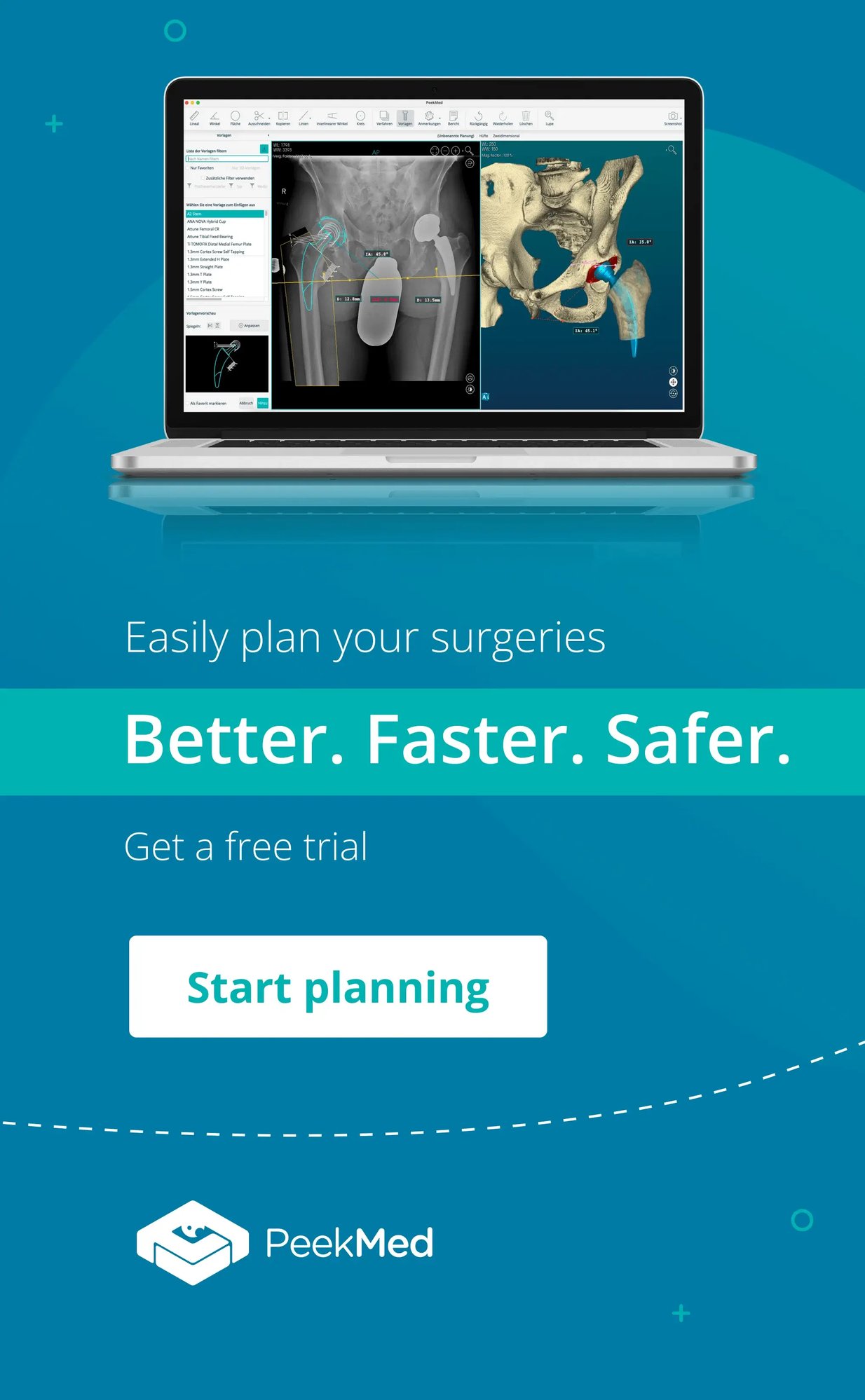PeekMed
Generative Artificial Intelligence (AI), which can generate new data such as text and images, promises to improve patient care, revolutionize disease diagnosis, and expand treatment options.
Since ChatGPT came on the scene, generative AI has come a long way. We have seen new tools, rules, or interactive technological advances appear almost constantly over time.
Despite the initial controversy surrounding machine learning, the truth is that it has become a part of everyday life and clearly has positive potential. AI has been strongly implemented and developed in several sectors and has significantly impacted their development. For example, in medical image analysis and high-resolution weather forecasting.
We want to focus on the health sector and understand how generative AI can bring improvements to this sector. But this consideration deserves another article. For now, the real question is: What is generative AI?
Table of Contents:
What is Generative AI?
Generative AI is a type of AI that generates images, text, video, and other media in response to a prompt. In other words, AI generators like ChatGPT, which is becoming increasingly popular worldwide, respond to commands the user enters. The same is true for generative AI.
Also known as Gen AI, generative AI allows users to enter a variety of prompts to generate new content, such as text, images, videos, sounds, code, 3D drawings, and other media. Generative AI "learns" and is trained based on documents and artifacts that already exist online.
So, generative AI is a form of artificial intelligence that can create a wide variety of content in seconds.
How does generative AI work?
Generative AI starts with a prompt, which can be text, an image, a video, a design, musical notes, or any other input that the AI system can interpret. The AI then uses various algorithms to generate new content based on the prompt. This content can range from essays and problem-solving solutions to realistic fakes created from a person's images or audio.
Earlier versions of generative AI involved submitting data through APIs or other complex methods, requiring developers to use specialized tools and code in languages such as Python.
Today, generative AI innovators are creating more user-friendly experiences that allow you to simply describe your request in everyday language. Once the AI provides an initial response, you can further refine the results by providing feedback on aspects such as style, tone, and other desired elements of the generated content.
Generative AI models
Generative AI models use a combination of AI algorithms to represent and process different types of content. For example, in text generation, various Natural Language Processing (NPL) methods convert raw characters such as letters, punctuation, and words into sentences, parts of speech, entities, and actions, which are then represented as vectors using various encoding techniques. Similarly, images are broken down into visual components and also represented as vectors. It's important to note, however, that these methods can inadvertently encode bias, racism, deception, and exaggeration found in the training data.
After developers determine how to represent the world, they use specific neural networks to create new content based on a query or prompt. Techniques such as Generative Adversarial Networks (GANs) and Variational Autoencoders (VAEs), which include both an encoder and decoder, are particularly effective for creating realistic human faces, synthetic data for AI training, or even replicas of specific individuals.
Advances in transformer models, such as Google's Bidirectional Encoder Representations from Transformers (BERT), OpenAI's GPT, and Google's AlphaFold, have led to neural networks capable of not only encoding language, images, and proteins but also generating entirely new content.
What are the Benefits of Generative AI?
Generative AI offers several significant advantages across multiple domains. Here are a few key benefits:
- Creating original content: Generative AI can produce new and unique content such as images, video, and text that closely mimics human-created material. This capability is particularly valuable in areas such as entertainment, advertising, and also healthcare, for instance, to support the creation of medical reports.
- Improving AI systems: Generative AI can increase the efficiency and accuracy of existing AI systems, including those used in Natural Language Processing (NPL) and computer vision. For example, it can generate synthetic data to train and validate other AI models.
- Data analysis and exploration: Generative AI enables businesses and researchers to explore complex data sets in innovative ways, uncovering hidden patterns and trends that might not be obvious from raw data alone.
- Automation and efficiency: By automating and speeding up various tasks and processes, generative AI helps businesses and organizations save time and resources.
In summary, generative AI has the potential to revolutionize a wide range of industries and applications, such as healthcare and specifically orthopedics, which we will cover in another article.



